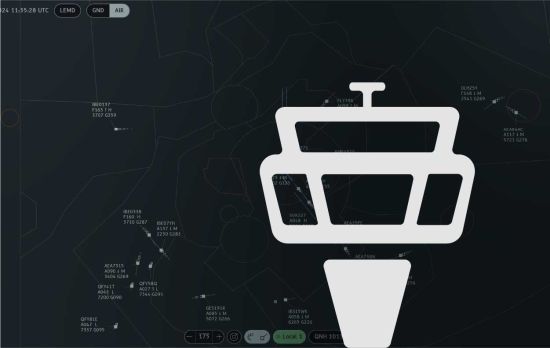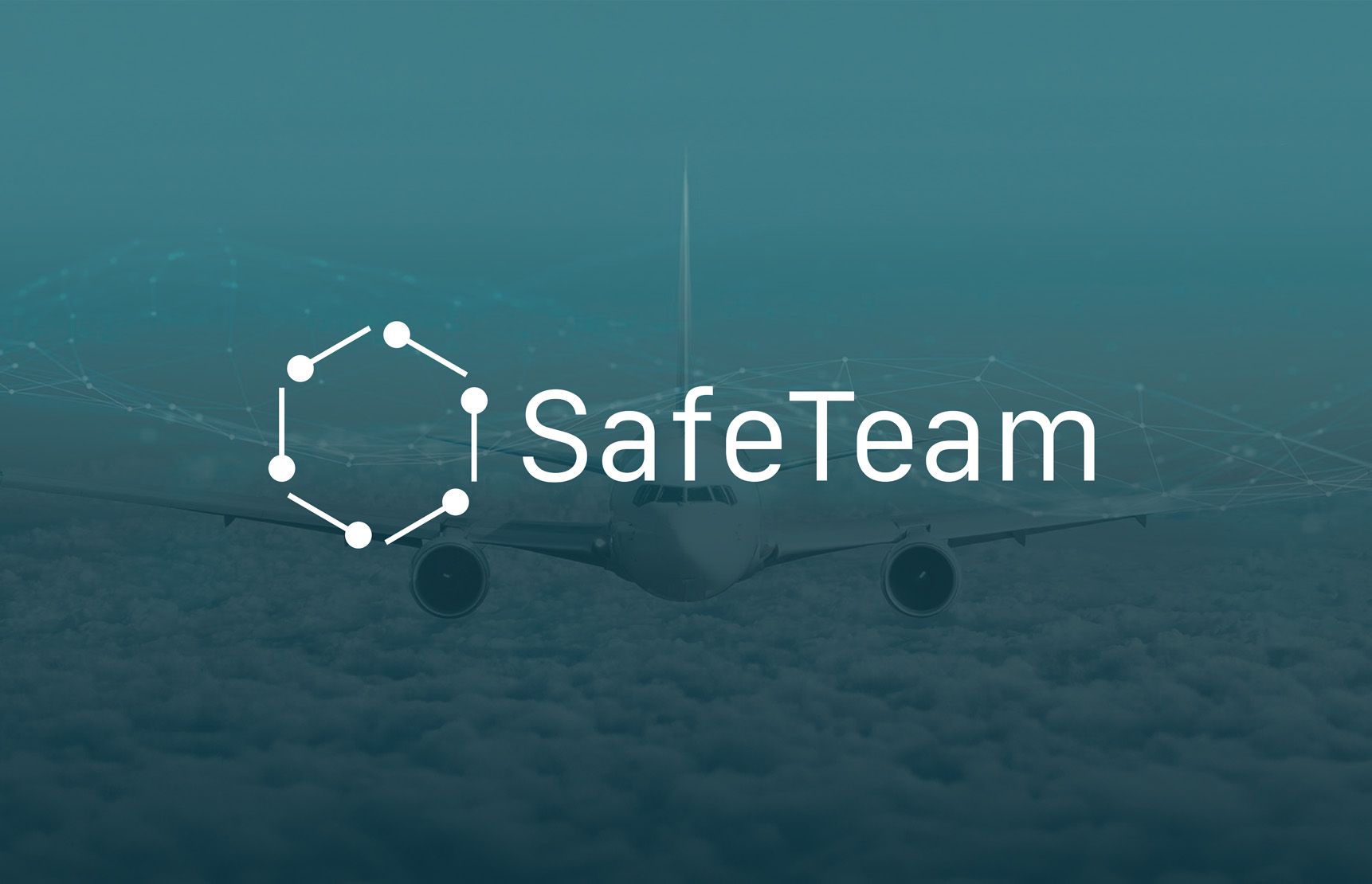
Enhancing Flight Information Displays: What TWR Controllers Truly Need
Alberto Quintana
What makes a Flight Information Display (FID) indispensable for Tower (TWR) controllers? At DataBeacon, we’ve identified several key features that ensure operational efficiency, safety, and adaptability.
-
Callsign First, Squawk When Necessary
The callsign is the primary identifier for any aircraft. However, if the aircraft isn’t broadcasting one, controllers rely on the squawk or even “Unknown” tags.
While squawk codes are often unnecessary when a callsign is available, in some regions they provide crucial information, such as permission to enter specific areas. That’s why customizable labels are essential, enabling each TWR to tailor their FID to regional needs.
-
Altitude Corrected by Local QNH
Many apps fail to distinguish between altitude and flight level, but this distinction is critical for TWR and APP controllers. A reliable FID must:
•Allow customization of the transition altitude for each airport.
•Ingest local QNH to compute the correct transition layer, ensuring precise display of altitude or flight level.
Accurate altitude information is key to maintaining situational awareness and airspace safety.
-
Ground Speed for Position Prediction
Knowing the ground speed of an aircraft or vehicle is invaluable for predicting its position. This enables controllers to anticipate movements, manage sequencing more effectively, and improve overall flow in the TWR environment.
-
Type of Vehicle or Aircraft
Differentiating between various types of vehicles, aircraft, helicopters, or even drones is crucial, especially for surface operations and separation management. Including the vortex category, when available, adds an extra layer of safety by aiding in wake turbulence separation.
With features like customizable labels, local QNH integration, ground speed display, and detailed identification capabilities, Romeo5 sets a new standard for Flight Information Displays.
What are your thoughts? How does your current FID address these challenges?


